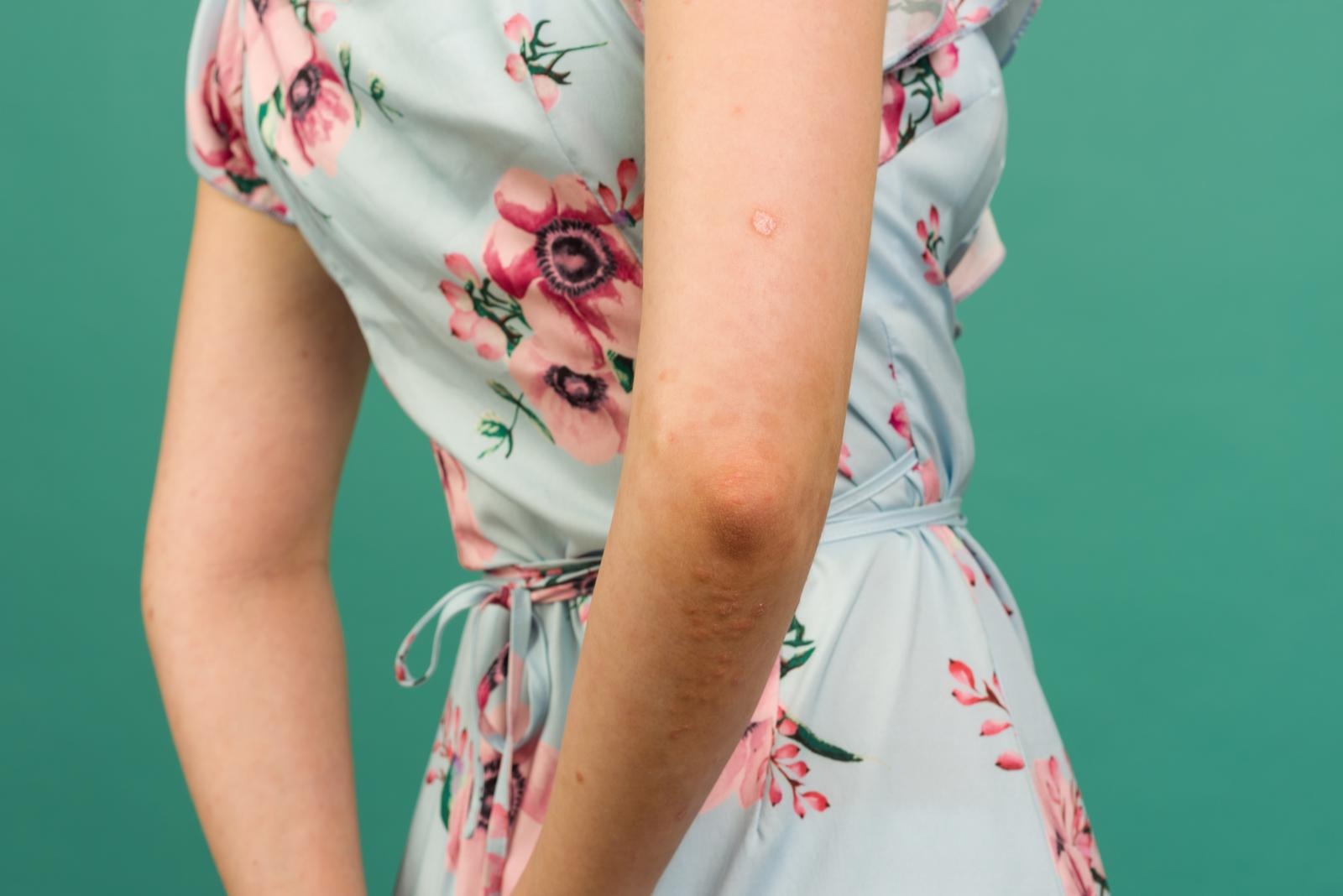Atopic Dermatitis, also known as eczema, is a chronic skin condition affecting millions worldwide, characterized by dry, scaly patches and an intense itch. With numerous triggers and varying degrees of severity, it requires a comprehensive approach to management. Discover what causes this skin ailment, how it presents itself, and what treatments are available to provide relief.

What is Atopic Dermatitis?
Atopic Dermatitis (AD) is an inflammatory skin disease primarily common among children but can persist into adulthood. It is part of the atopic triad, which also encompasses asthma and allergic rhinitis. The exact cause of AD remains unclear, but it is believed to result from a combination of genetic and environmental factors. The skin's inability to retain moisture, leading to dryness and vulnerability to allergens and irritants, is a hallmark of the condition.
Causes and Risk Factors
Understanding the underlying causes and potential risks can help in the effective management of Atopic Dermatitis. Some of the key factors include:
- Genetic Factors: A family history of eczema or other atopic conditions increases the likelihood of developing AD.
- Environmental Triggers: Exposure to pollutants, tobacco smoke, harsh soaps, and certain foods can exacerbate the symptoms.
- Immune System Response: An overactive immune response can lead to inflammation and the associated symptoms of AD.
- Skin Barrier Dysfunction: A lack of certain proteins critical for skin hydration and protection can lead to the development of eczema.
Symptoms of Atopic Dermatitis
Atopic Dermatitis varies in severity and symptoms from person to person. Common signs to look out for are:
- Dry, Scaly Skin: Skin often feels rough and appears flaky.
- Red or Brownish Patches: Particularly common on the hands, feet, ankles, wrists, neck, upper chest, eyelids, and elsewhere.
- Persistent Itching: The itch-scratch cycle can exacerbate the condition, leading to bleeding or infection.
- Thickened or Cracked Skin: Prolonged scratching can lead to "lichenification," a toughening of the skin.
- Small, Raised Bumps: These can leak fluid when scratched.
To learn more about symptoms and the conditions associated with Atopic Dermatitis, consider visiting the comprehensive overview on Cleveland Clinic.
Diagnosis
Diagnosis typically involves a physical examination and a thorough review of medical history. In some cases, doctors may perform patch testing or skin biopsies to rule out other skin conditions. For detailed information on diagnostics and common treatments, the American Academy of Family Physicians provides a dedicated article on the subject.
Atopic Dermatitis Treatment Options
Effective management often requires a multifaceted approach, combining self-care measures, medications, and therapies. Some common treatment options include:
- Moisturizers and Emollients: Regular application of these can help restore the skin's protective barrier.
- Topical Corticosteroids: These anti-inflammatory drugs can reduce swelling and relieve itching.
- Calcineurin Inhibitors: Used as a steroid-sparing option, these can reduce flare-ups and itching.
- Phototherapy: This involves exposing the affected skin to controlled amounts of natural sunlight or artificial UV radiation.
- Biologics: Targeted therapies can help modulate the immune response.
For further insights into treatment possibilities, the Mayo Clinic offers extensive guidelines.
Comparing Treatment Costs
The cost of treating Atopic Dermatitis varies depending on the severity of the condition and the chosen treatments. Below is a table comparing the approximate costs of several treatment options:
| Treatment Option | Approximate Cost | Notes |
|---|---|---|
| Moisturizers and Emollients | $20 - $40/month | Over-the-counter, daily use |
| Topical Corticosteroids | $30 - $60/tube | Prescription strength varies cost |
| Calcineurin Inhibitors | $100 - $300/tube | Non-steroidal option |
| Phototherapy | $50 - $200/session | Cost may vary by location |
| Biologics | $1,000 - $5,000/month | Insurance coverage recommended |
Conclusion
Managing Atopic Dermatitis effectively requires a personalized treatment plan, addressing both the symptoms and potential environmental triggers. With advances in medical research, new treatments continue to emerge, offering hope for those struggling with this chronic condition. For more detailed information on treatments and emerging therapies, exploring resources like the PMC Review can be beneficial.


